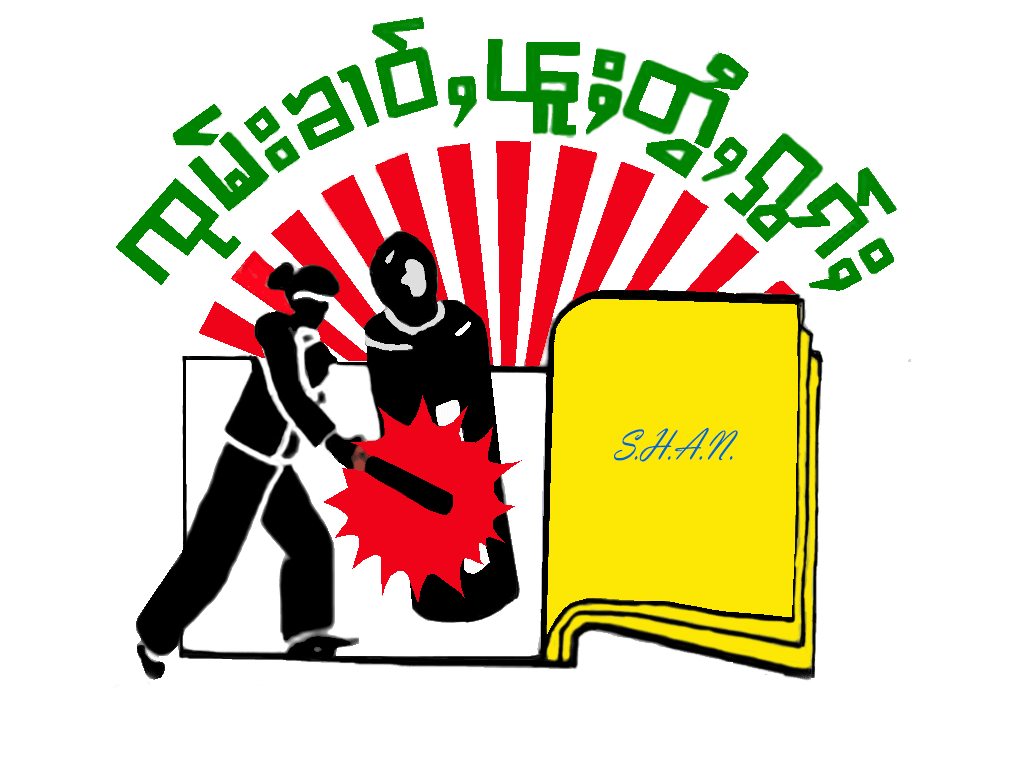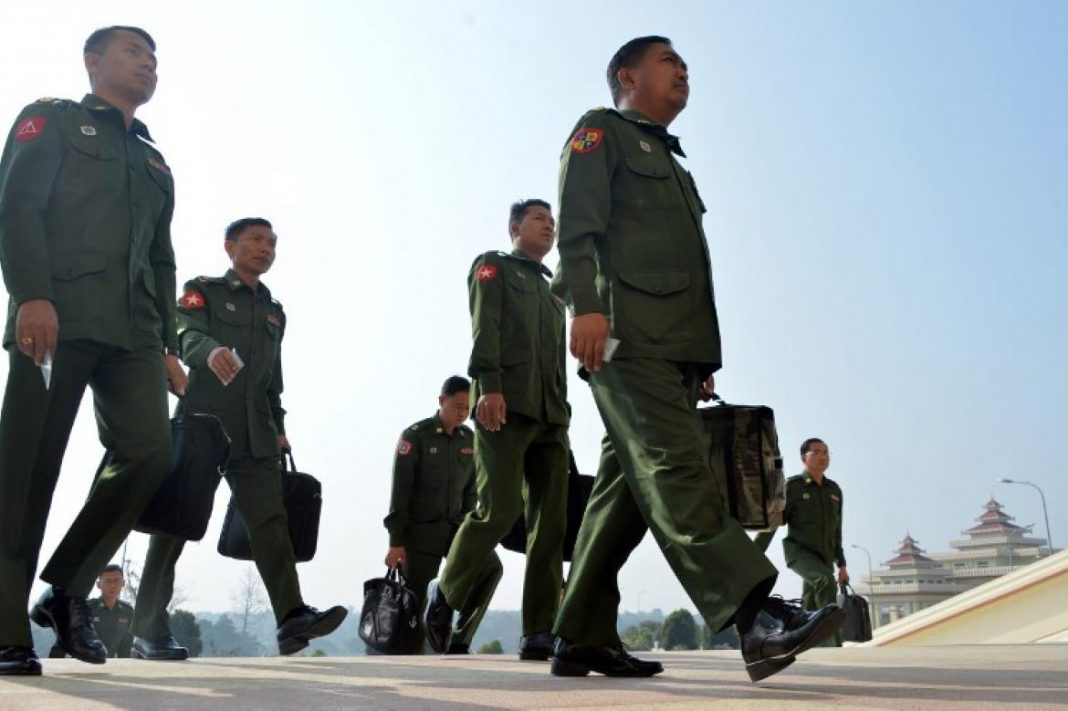Once again constitutional amendment becomes a hot topic as Union Parliament’s Charter Amendment Committee secretary Dr Myat Nyanna Soe, an Upper House lawmaker for the ruling National League for Democracy (NLD), on June 13 told the media that the committee has finished its report which will be presented to the parliament before July 17.
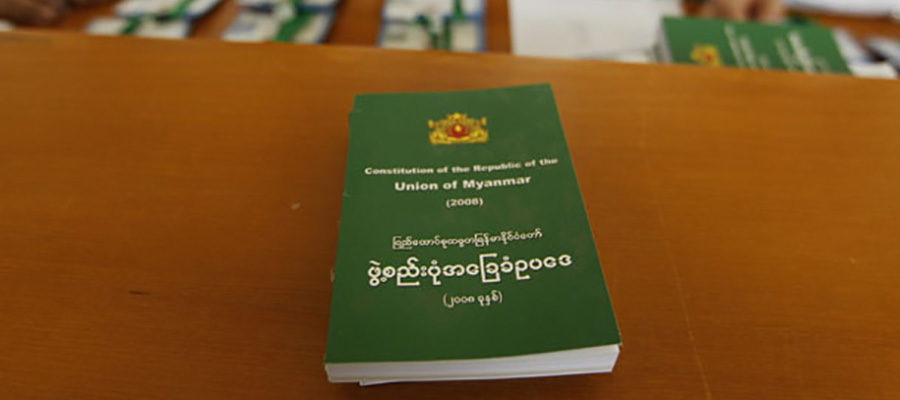
The union parliament approved committee was formed in February even though the military or Tatmadaw, together with the military-backed Union Solidarity and Development Party (USDP), were against the formation, citing it is against the constitutional amendment procedure. But military bloc somehow managed to swallow its rejection and reluctantly cooperate with the committee.
However, Dr Myat Nyanna Soe was upbeat when he recently said: “This completion of analysis on the whole constitutional law is due to the cooperation of all and not because of the ability of one good individual but the hand-in-hand unity undertaking of all 45 members.”
The committee’s 45 representatives are from political parties and the military.
He added that like the implementation of all-inclusiveness when working on the report, he hoped further cooperation in constitutional amendment will also be the case.
According to him, the amendment proposal report is factored into four categories to repeal, amend, insert new inputs, and retain the originality of the constitution. The committee reviewed the constitution from chapter 1 to 15, including the five appendix schedules relating to tax collection, the state and regional legislatures, self-administered regions and other topics.
Reportedly, all political parties chipped in their positions and opinions and the report is just a compilation of different standpoints on the various paragraphs in the constitution. This will be tabled at the union parliament and debated and only after its endorsement will the amendments become officially legal.
But let us go back a little to be clearer on how this has come about.
Background
Constitutional crisis has been there from day one at the beginning of Union of Burma foundation in 1948, since the independence from the British. However, the country’s constitution drawn in 1947 didn’t reflect the aspirations of the ethnic nationalities as promised by the Panglong Agreement of 1947. In short, the “Directives” or “Seven Guiding Principles” of the late independence hero general Aung San, architect of the new Union of Burma, who passed away before the drawing of 1947 union constitution, that was supposed to be federal union in drawing the constitution wasn’t followed, and deviated from its intended original purpose. Thus, it became a constitution which in name was federal, but in practice unitary.
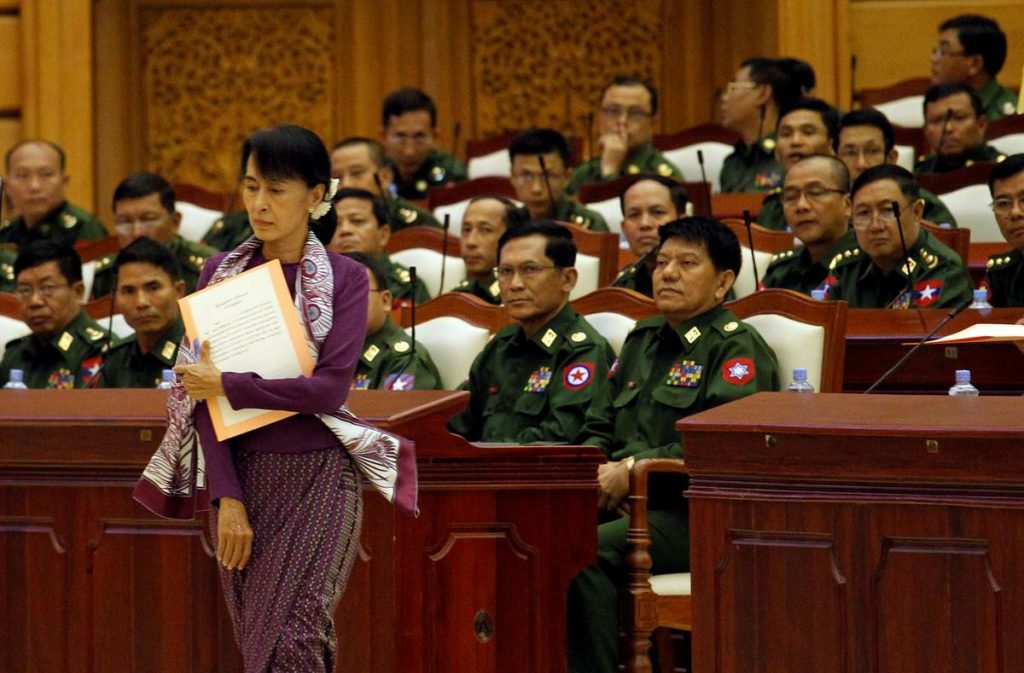
Moreover, Burma Proper or Ministerial Burma instead of having a separate state government for itself, under the 1947 constitution came to serve as the central government as well. This meant not only a usurpation of the central powers of the government by Bamar-majority politicians in the former Burma Proper but also that the political rights of the non-Bamar territories and peoples were mostly denied.
In order to correct this constitutional flaw and make the country an equitable federal union as originally intended by the founding forefathers, a federal amendment proposal, endorsed by all the ethnic nationalities in 1961, in Taunggyi, was tabled at the union parliament in 1962. The military responded with a coup, claiming to save the country from disintegration, in March of the same year and abolished the parliamentary system and replaced it with the military rule until 2011.
The military pretext to take over the country’s reign then was that “federalism equals secession” and foreseeable disintegration of the union. But ironically, five decades later civil war engulfed notably in all ethnic states, and now the military agrees that federal union is the only way out, although its understanding of federalism is somewhat distorted and twisted, to say the least.
In between 1962 to 2008 the military promulgated two constitutions. One is in 1974 under Burma Socialist Programme Party (BSPP) one party dictatorship socialist system, and the other is the State and Peace Development Council (SPDC) military regime’s drawn constitution in 2008, which is a hybrid civilian-military system of governance, with ingrained leading role of the military supremacy embedded in political decision-making process.
Thus, the present constitutional amendment deliberation of the NLD from the outset looks like the move to become more democratic and lessen the military influence of the country’s political decision-making, while many also see this as a deliberate fulfillment of its election campaign promise which it has neglected for the last four years since it came to power, and also the added emergency move as 2020 national election knocking at the door.
But it is hardly only the NLD that is keen to alter the constitution, as the Ethnic Armed Organizations (EAOs) and Ethnic Political Parties (EPPs) have also been demanding the same thing ever since the military coup in 1962.
Dual-track approach
As such, there are two constitutional amendment approaches. One is amendment through the parliamentary venue and the other is the Nationwide Ceasefire Agreement (NCA)-based peace negotiation approach, which has officially started in October 2015, by the USDP-led regime headed by the then president Thein Sein.
The NCA-based approach is now practically stalled as the two (Karen National Union and Restoration Council of Shan State) from 10 NCA-signatory EAOs opted out of the official peace negotiation process, which happened to be the engine of the whole signatory bloc, citing unfairness, inequality and differences in the interpretation of the NCA. As a result, the 21st Century Panglong – Union Peace Conference hasn’t been able to convene since last July for nearly a year now, when in fact it should be held twice a year according to the procedure. And with national election to be held in a year, the NLD government won’t be able to bring the peace process negotiation to an end, much less obtaining a “Union Accord” or “Pyidaungsu Accord” which supposed to be an agreed guiding principles, between the EAOs, EPPs, government and the military, on how to establish a federal union that all could agree and live with.
The parliamentary approach, which has no formal link to the NCA-based approach is driven by the NLD, with the military reluctantly following it. Thus, it could be seen that the EAOs are effectively sidelined in this approach, while the military and government are participants in both approaches.
”
Taking all the said factors into account, it is foreseeable that the parliamentary approach to amend the military-drafted constitution will encounter an uphill battle, as the military will not budge from any crucial amendment that will dilute its power base guaranteed in the constitution.
“
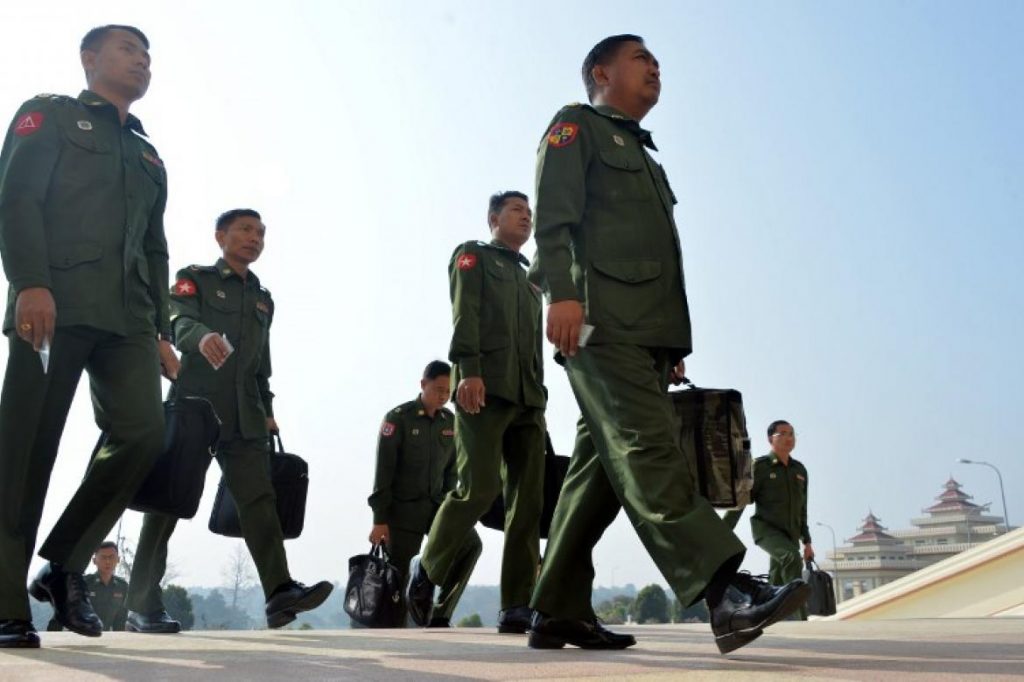
Analysis
Myanmar or Burma is a multi-ethnic state and the solution has to be federalism, no argument on it. Moreover, ending the civil war is a precondition if ever durable political settlement is to be found.
The military and as well the NLD both are said to be for federalism. While the military made it clear that its vision of federalism will be based on the military-drafted 2008 constitution, which is in no way going to be federal but might possibly allow a minimum devolution of power to the ethnic states with some federal-trappings, the NLD only conveniently stated that federalism will be built with outcomes from “Union Accord”, without ever spelling out its party’s position on how the federal union should be achieved.
Taking all the said factors into account, it is foreseeable that the parliamentary approach to amend the military-drafted constitution will encounter an uphill battle, as the military will not budge from any crucial amendment that will dilute its power base guaranteed in the constitution. For example, it 25 percent allotted seats in all level of parliaments and the free reign of three ministries, home, defense and border affairs won’t be compromised easily. Furthermore, the 25 percent allotted quota will effectively block all amendment proposals, as the constitution stipulated that more than 75 percent of MPs’ endorsement is necessary, in order to sail through the parliament first reading before any proposal could proceed. A situation that is not possible to overcome.
The NCA-based approach that could lead to constitutional amendment is also virtually dead, although the government and military are now trying to breath life into it through informal meetings with various EAOs, amidst ongoing armed conflict, so far without success.
In sum, it will be interesting to see on how the two tracks constitutional amendment deliberations will pan out in the near future. For now, the NCA-based track is stalled and the prospect of pulling through to achieve major changes within the parliament in the coming months doesn’t look promising also.
